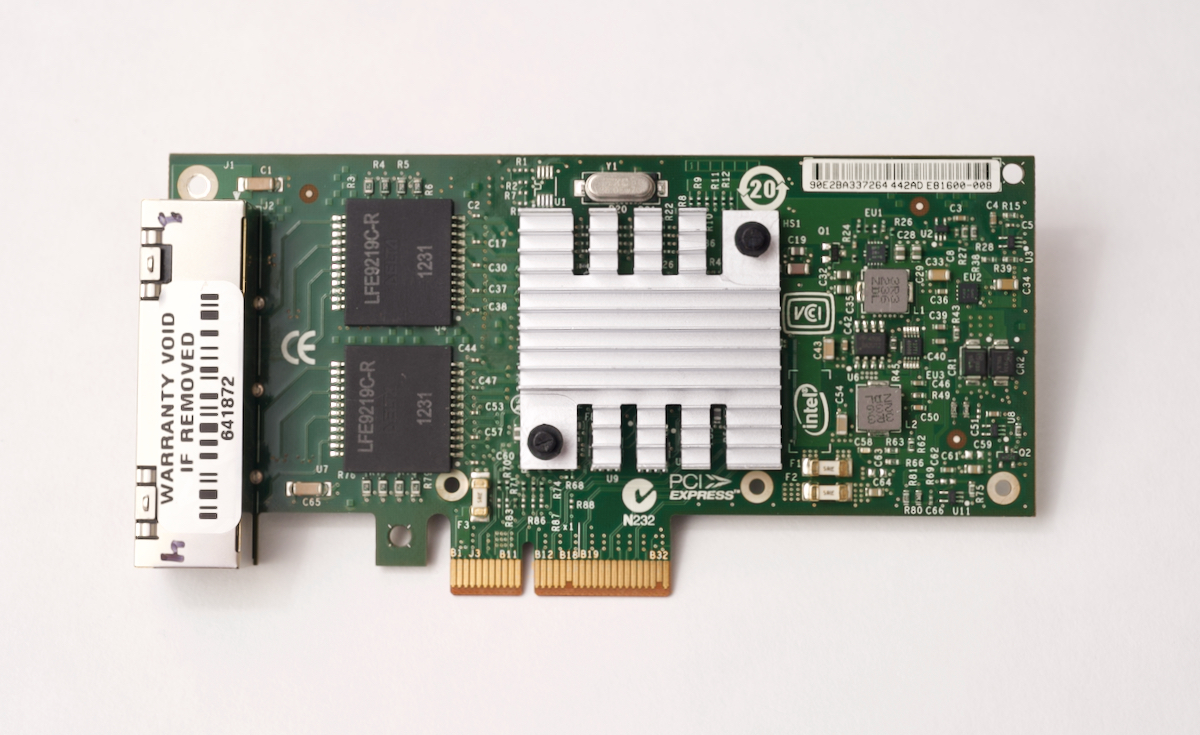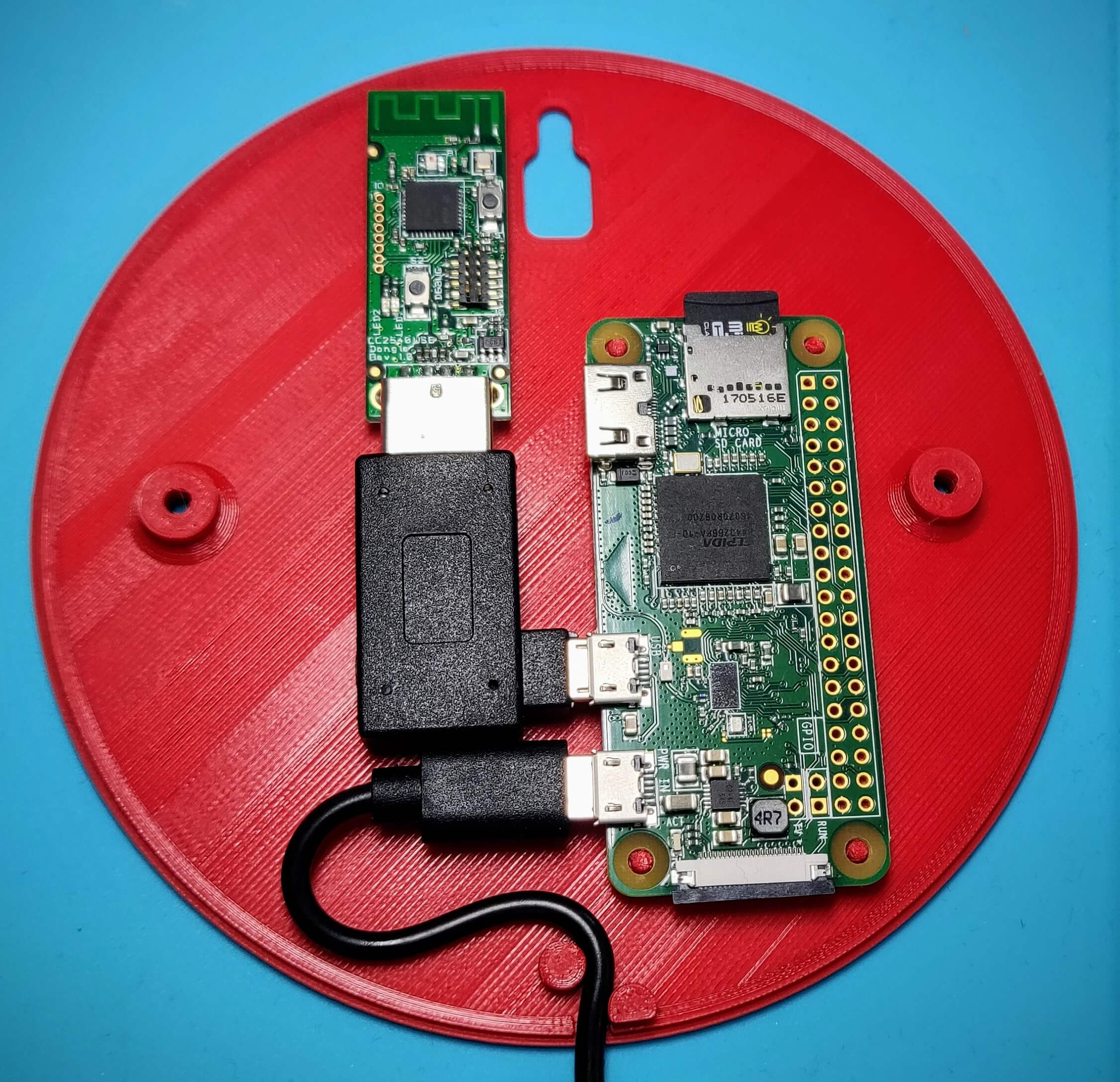

And this takes us to the first step on turning your laptop into a router and that’s preparing and understanding the hardware. That’s not always the case and you may only have an old laptop available that you can use to turn it into a router and no, it will not be compatible with any expansion cards, but there are some USB to Ethernet adapters available that you can use for the LAN port (depending on your USB ports, you may even get close to 1Gbps). The general consensus is that you should use a desktop PC with some expansion slots available since a computer doesn’t (usually) have more than one Ethernet port and, if you intend to add some wired client devices to the network, you will need at least an additional LAN port. Don’t let that discourage you though, since building your own router will help you learn a lot more about how networking works and you will also get the option to configure pretty every aspect of your router.

Of course, let’s not forget RouterOS from Miktrotik or Sophos, but what all these software have in common is that they’re commercial-grade, so, if you expected the same type of configuration as on a consumer-based router, well, it’s going to require a bit more technical knowledge, especially if you intend to run some more advanced features.


The open-source pfSense which is based off FreeBSD is one of the most popular ways to transform a computer into a router and there is also VyOS which has a helpful community behind it due to Ubiquiti’s EdgeOS (both it and VyOS are forked from Vyatta). If you were wondering whether it’s possible to turn an old PC into a router, know that it’s very much possible and there are also more than one ways to achieve it.


 0 kommentar(er)
0 kommentar(er)
